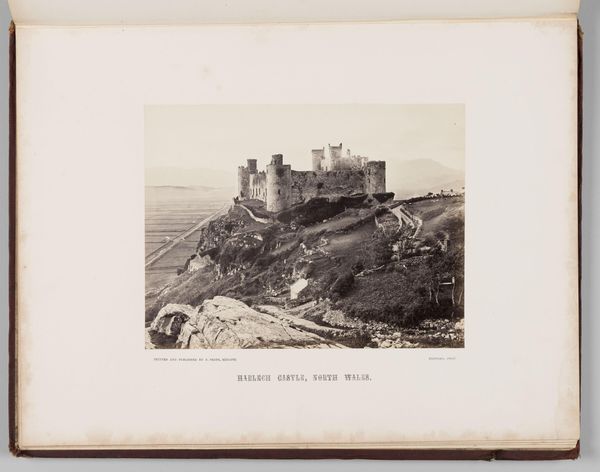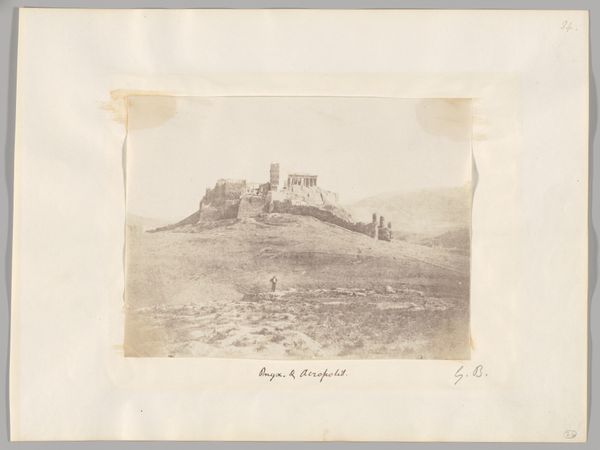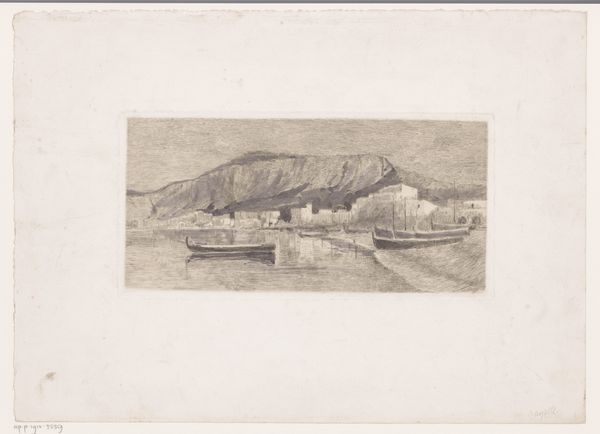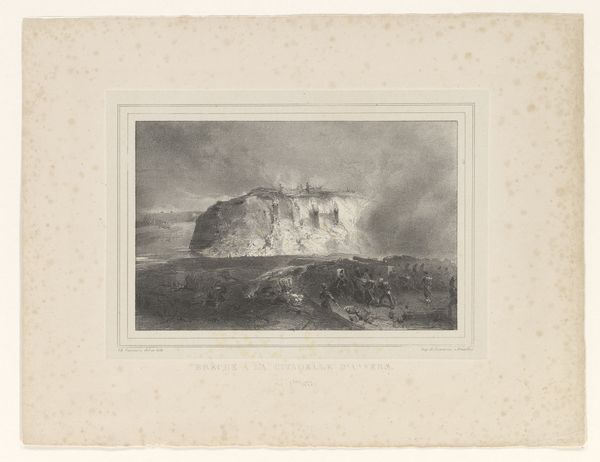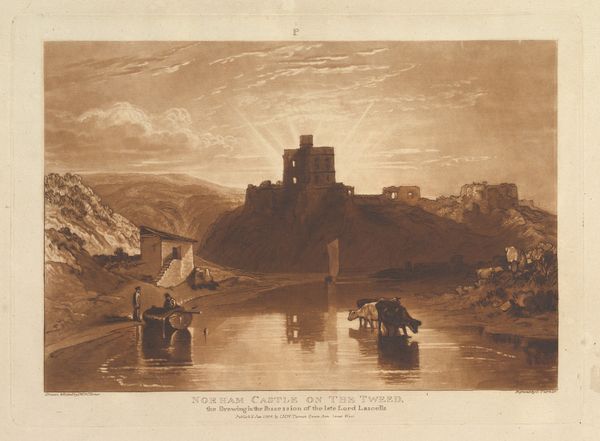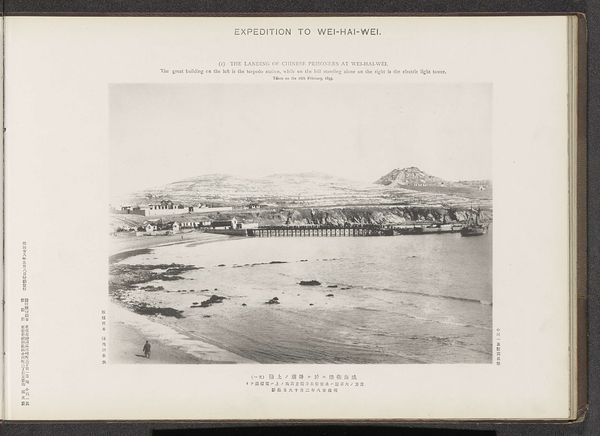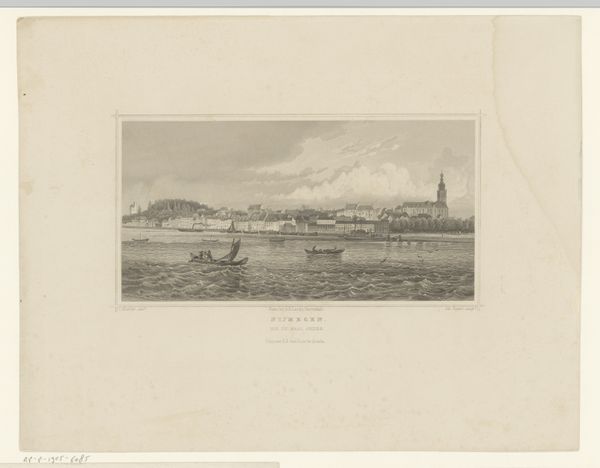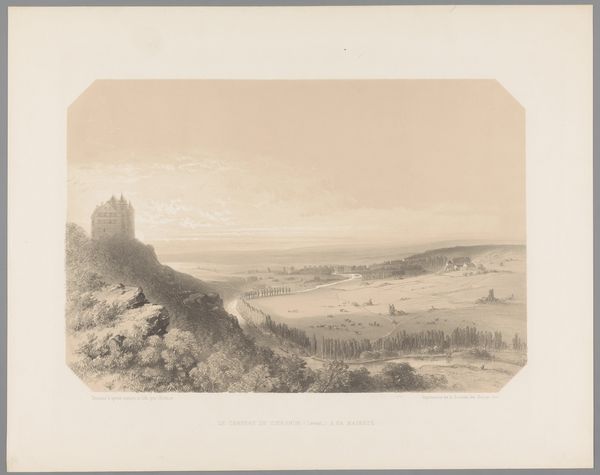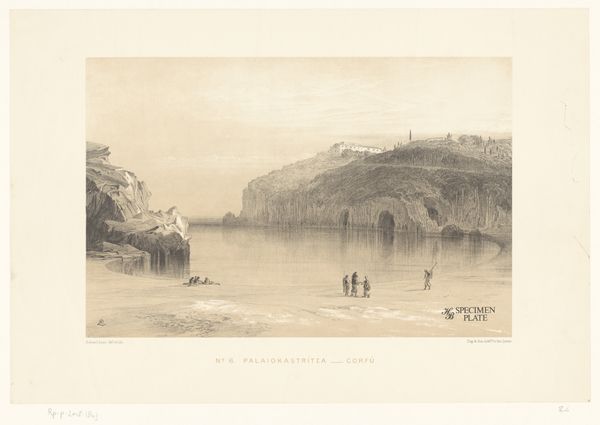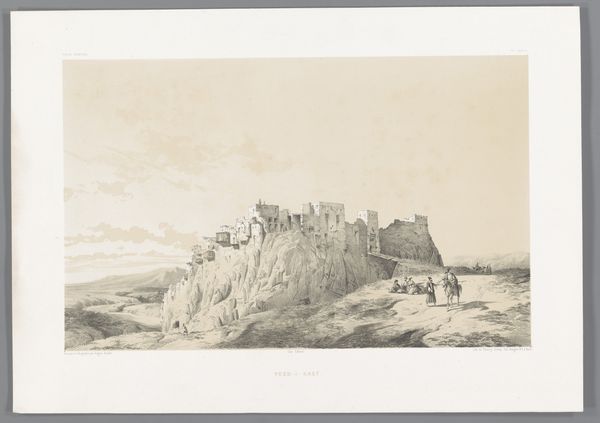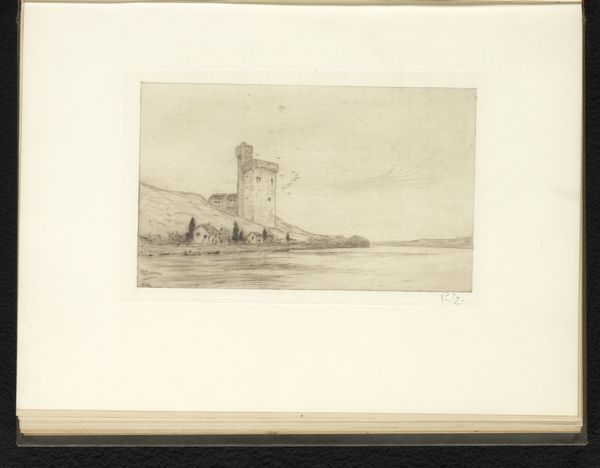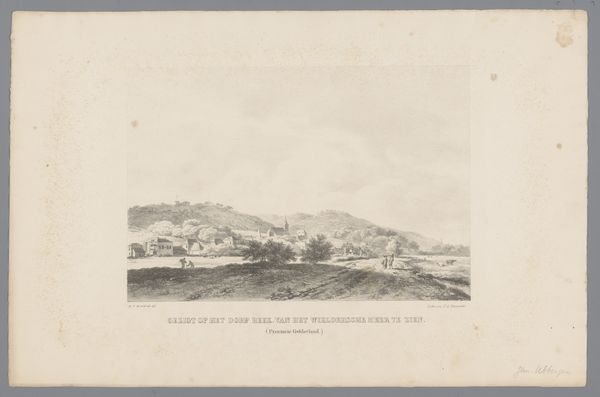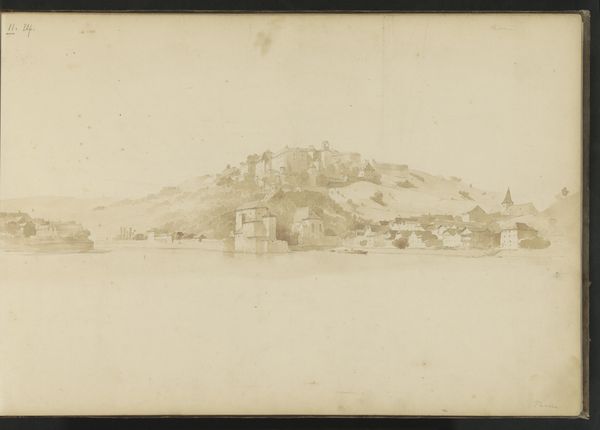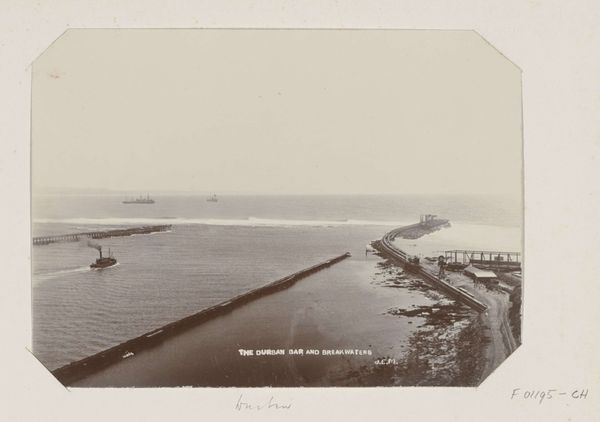
print, photography, site-specific, gelatin-silver-print
#
16_19th-century
# print
#
war
#
landscape
#
photography
#
site-specific
#
gelatin-silver-print
#
men
#
united-states
#
history-painting
Dimensions: 25.4 × 36.1 cm (image/paper); 41 × 50.5 cm (album page)
Copyright: Public Domain
Editor: This is George N. Barnard's "Fort Sumter," a gelatin-silver print from 1865 or 1866. The muted tones and visible wear of the print lend it a melancholy feel. What does this photograph tell us beyond just the depiction of a fort? Curator: As a materialist, I’m immediately drawn to the photograph's existence as a physical object, and what it communicates as an industrial product. Consider the context: during and immediately after the Civil War. Photography was used both for documentation, yes, but also as a burgeoning industrial force and its relationship with truth and commerce. Editor: So, you're suggesting the materiality itself becomes part of the message about labor and industry? Curator: Precisely. Think about the labour involved: the photographer, the darkroom assistants, the distribution networks to sell these images to a grieving and curious public. Then, the specific materials: glass plate negatives, silver, albumen paper. Each component required extraction, production, and distribution within complex capitalist systems. Does understanding these components affect how you view the work? Editor: I think so. Focusing on the material production pulls me away from just seeing the historical event itself, and towards thinking about how that event was consumed and understood by people at the time. It brings labor and industry into the foreground, adding a layer of social context I hadn’t considered before. Curator: Exactly. This isn’t just about remembering Fort Sumter, but about understanding how war itself became a commodity, memorialized and disseminated through industrialized processes. Consider how it also blurs boundaries: it exists both as art and document, both high and low culture. Editor: That's a perspective shift for me. I now see how studying the photograph's materiality opens avenues into broader historical and social frameworks beyond just its face value. Curator: And that is the power of focusing on materiality, shifting focus from the art object as simply an item to see it as also an object *for doing*.
Comments
No comments
Be the first to comment and join the conversation on the ultimate creative platform.
